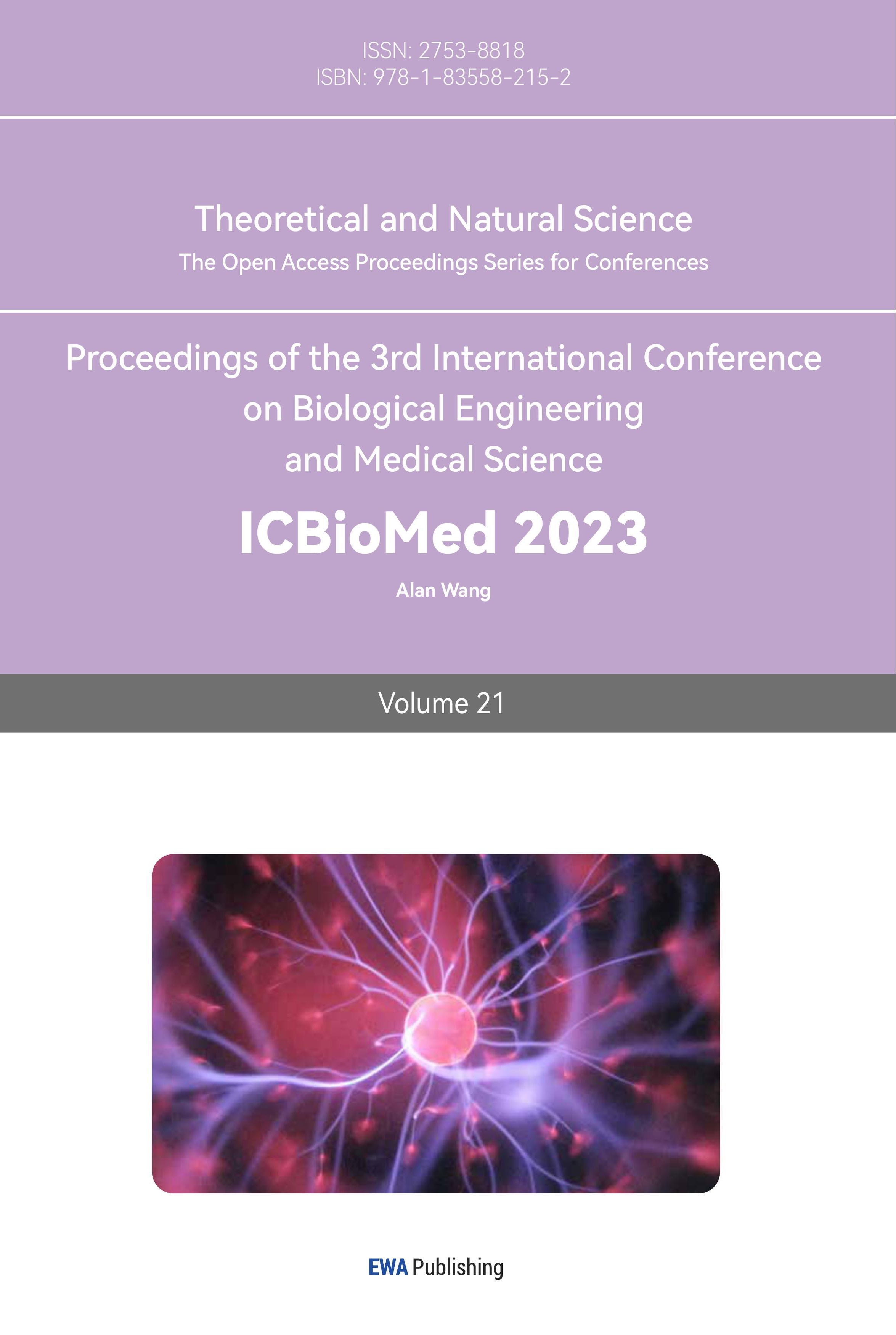References
[1]. Nam, Hannah H., and Michael G. Ison. “Respiratory Syncytial Virus Infection in Adults.” BMJ: British Medical Journal, vol. 366, 2019, pp. 1–17. JSTOR, https://www.jstor.org/ stable/27177790. Accessed 5 May 2023.
[2]. Graham, Barney S. "The Journey to RSV Vaccines—Heralding an Era of Structure-Based Design." New England Journal of Medicine 388.7 (2023): 579-581.
[3]. Raiden, Silvina, et al. "Respiratory syncytial virus (RSV) infects CD4+ T cells: frequency of circulating CD4+ RSV+ T cells as a marker of disease severity in young children." The Journal of infectious diseases 215.7 (2017): 1049-1058.
[4]. Griffin, Marie R. "A Challenge to Respiratory Syncytial Virus Illness in Adults." New England Journal of Medicine 386.25 (2022): 2427-2428.
[5]. Turner, Tiffany L., et al. "Respiratory syncytial virus: current and emerging treatment options." ClinicoEconomics and Outcomes Research (2014): 217-225.
[6]. Englund, Janet A., and Helen Y. Chu. "Vaccines against respiratory syncytial virus: the time has come." The Journal of infectious diseases 215.1 (2017): 4-7.
[7]. Simões, Eric AF, et al. "Prefusion F protein–based respiratory syncytial virus immunization in pregnancy." New England Journal of Medicine 386.17 (2022): 1615-1626.
[8]. Wright, Peter F., et al. "Evaluation of a live, cold-passaged, temperature-sensitive, respiratory syncytial virus vaccine candidate in infancy." The Journal of infectious diseases 182.5 (2000): 1331-1342.
[9]. Karron, Ruth A., et al. "Respiratory syncytial virus (RSV) SH and G proteins are not essential for viral replication in vitro: clinical evaluation and molecular characterization of a cold-passaged, attenuated RSV subgroup B mutant." Proceedings of the National Academy of Sciences 94.25 (1997): 13961-13966.
[10]. Papi, Alberto, et al. "Respiratory syncytial virus prefusion F protein vaccine in older adults." New England Journal of Medicine 388.7 (2023): 595-608.
[11]. Falloon, Judith, et al. "An adjuvanted, postfusion F protein–based vaccine did not prevent respiratory syncytial virus illness in older adults." The Journal of infectious diseases 216.11 (2017): 1362-1370.
Cite this article
Yu,L. (2023). Vaccines for prevention of respiratory syncytial virus infection. Theoretical and Natural Science,21,135-139.
Data availability
The datasets used and/or analyzed during the current study will be available from the authors upon reasonable request.
Disclaimer/Publisher's Note
The statements, opinions and data contained in all publications are solely those of the individual author(s) and contributor(s) and not of EWA Publishing and/or the editor(s). EWA Publishing and/or the editor(s) disclaim responsibility for any injury to people or property resulting from any ideas, methods, instructions or products referred to in the content.
About volume
Volume title: Proceedings of the 3rd International Conference on Biological Engineering and Medical Science
© 2024 by the author(s). Licensee EWA Publishing, Oxford, UK. This article is an open access article distributed under the terms and
conditions of the Creative Commons Attribution (CC BY) license. Authors who
publish this series agree to the following terms:
1. Authors retain copyright and grant the series right of first publication with the work simultaneously licensed under a Creative Commons
Attribution License that allows others to share the work with an acknowledgment of the work's authorship and initial publication in this
series.
2. Authors are able to enter into separate, additional contractual arrangements for the non-exclusive distribution of the series's published
version of the work (e.g., post it to an institutional repository or publish it in a book), with an acknowledgment of its initial
publication in this series.
3. Authors are permitted and encouraged to post their work online (e.g., in institutional repositories or on their website) prior to and
during the submission process, as it can lead to productive exchanges, as well as earlier and greater citation of published work (See
Open access policy for details).
References
[1]. Nam, Hannah H., and Michael G. Ison. “Respiratory Syncytial Virus Infection in Adults.” BMJ: British Medical Journal, vol. 366, 2019, pp. 1–17. JSTOR, https://www.jstor.org/ stable/27177790. Accessed 5 May 2023.
[2]. Graham, Barney S. "The Journey to RSV Vaccines—Heralding an Era of Structure-Based Design." New England Journal of Medicine 388.7 (2023): 579-581.
[3]. Raiden, Silvina, et al. "Respiratory syncytial virus (RSV) infects CD4+ T cells: frequency of circulating CD4+ RSV+ T cells as a marker of disease severity in young children." The Journal of infectious diseases 215.7 (2017): 1049-1058.
[4]. Griffin, Marie R. "A Challenge to Respiratory Syncytial Virus Illness in Adults." New England Journal of Medicine 386.25 (2022): 2427-2428.
[5]. Turner, Tiffany L., et al. "Respiratory syncytial virus: current and emerging treatment options." ClinicoEconomics and Outcomes Research (2014): 217-225.
[6]. Englund, Janet A., and Helen Y. Chu. "Vaccines against respiratory syncytial virus: the time has come." The Journal of infectious diseases 215.1 (2017): 4-7.
[7]. Simões, Eric AF, et al. "Prefusion F protein–based respiratory syncytial virus immunization in pregnancy." New England Journal of Medicine 386.17 (2022): 1615-1626.
[8]. Wright, Peter F., et al. "Evaluation of a live, cold-passaged, temperature-sensitive, respiratory syncytial virus vaccine candidate in infancy." The Journal of infectious diseases 182.5 (2000): 1331-1342.
[9]. Karron, Ruth A., et al. "Respiratory syncytial virus (RSV) SH and G proteins are not essential for viral replication in vitro: clinical evaluation and molecular characterization of a cold-passaged, attenuated RSV subgroup B mutant." Proceedings of the National Academy of Sciences 94.25 (1997): 13961-13966.
[10]. Papi, Alberto, et al. "Respiratory syncytial virus prefusion F protein vaccine in older adults." New England Journal of Medicine 388.7 (2023): 595-608.
[11]. Falloon, Judith, et al. "An adjuvanted, postfusion F protein–based vaccine did not prevent respiratory syncytial virus illness in older adults." The Journal of infectious diseases 216.11 (2017): 1362-1370.









